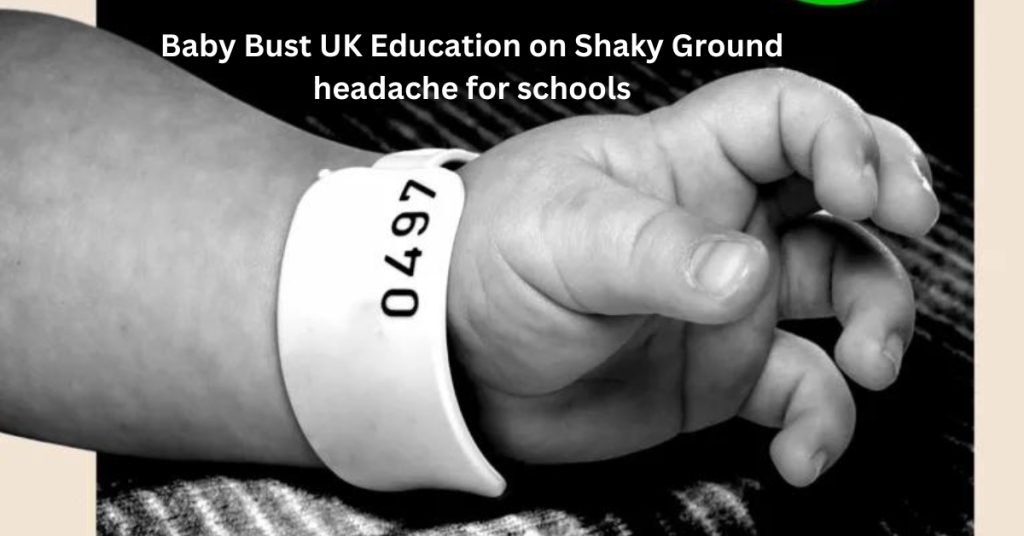
The day before, official statistics predicted that the number of children in English state nurseries and primary schools, already in decline, would fall by a further 4.5% over the next four years.
Schools receive funding per pupil, so for institutions like St Peter's Community Primary School in Brighton, fewer pupils mean less cash. This financial strain makes it difficult for headteachers to fund staffing and resources.
According to the deputy leader of Brighton and Hove City Council, reducing the number of school places is necessary to secure the long-term future of schools.
For new government ministers, determining the long-term future of education, including pupil numbers, could be challenging. Statisticians highlight the increasing complexity of this issue.
Since 2020, the Department for Education has projected the number of children in state education up to 2032. However, new figures published last week only extend to 2028 due to "uncertainty in longer-term fertility assumptions."
Translated, this means a drop in expected births between September 2022 and August 2023 has made forecasters cautious about long-term predictions.
Birth projections have limitations. Last year, more children started reception than expected, suggesting that while the drop in pupil numbers over the next few years may push some schools towards closure, the decline might not be as severe as previously thought.
Statisticians suggest this increase in reception numbers could be due to children previously homeschooled or in private schools joining the state sector, resettlement schemes for people from Ukraine, Afghanistan, and Hong Kong, and more arrivals of children who had been living abroad with a parent in the armed forces.
This uncertainty has significant implications, as Luke Sibieta, a research fellow at the Institute for Fiscal Studies (IFS), notes. The anticipated government savings from having fewer pupils to budget for have "nearly vanished."
From the early 2000s until 2013, births increased annually, leading schools to expand. However, births have since flattened and fallen, except for a small increase in 2021.
In England and Wales, 44% of women aged 30 have children, compared to 58% of their mothers' generation and 81% of their grandmothers' generation at the same age. Declining birth rates are not unique to the UK.
Migration also impacts birth numbers. The number of babies born to non-UK-born women increased until 2016 but has since fallen.
Changing pupil populations affect the education system like a Mexican wave, with peak birth years moving through nurseries, primary schools, secondary schools, and into colleges and universities. Currently, the peak is moving through secondary schools, with numbers expected to peak in 2026 and 2027, requiring government foresight.
Projections for secondary schools have been revised upwards. Some of Labour's key policies could benefit from a declining birth rate. Providing free breakfast clubs in every primary school, for instance, will be easier with fewer children.
The government plans to use falling primary numbers by converting empty classrooms into nurseries to support the rollout of funded childcare hours. The implications of changing birth rates will need consideration in all policy-making.
For example, more pupils than previously thought could increase the need to recruit more teachers. Colleges, already expanding class sizes for compulsory English and maths resits, are calling for an extra £600m annually to accommodate teenagers still in secondary school.
The government aims to support university ambitions, but vice-chancellors argue that the long-term tuition fee freeze means they incur losses teaching UK students. The Universities and Colleges Admissions Service predicts one million applicants in 2030. University leaders are eager for the government's promised secure future for higher education.
However, not all pupil rolls will decline equally. Research from the Education Policy Institute suggests Lambeth in London will see the biggest drop in primary school pupils by 2028, followed by the Isle of Wight and Brighton and Hove, home to St Peter's Community Primary School.
Comments (0)